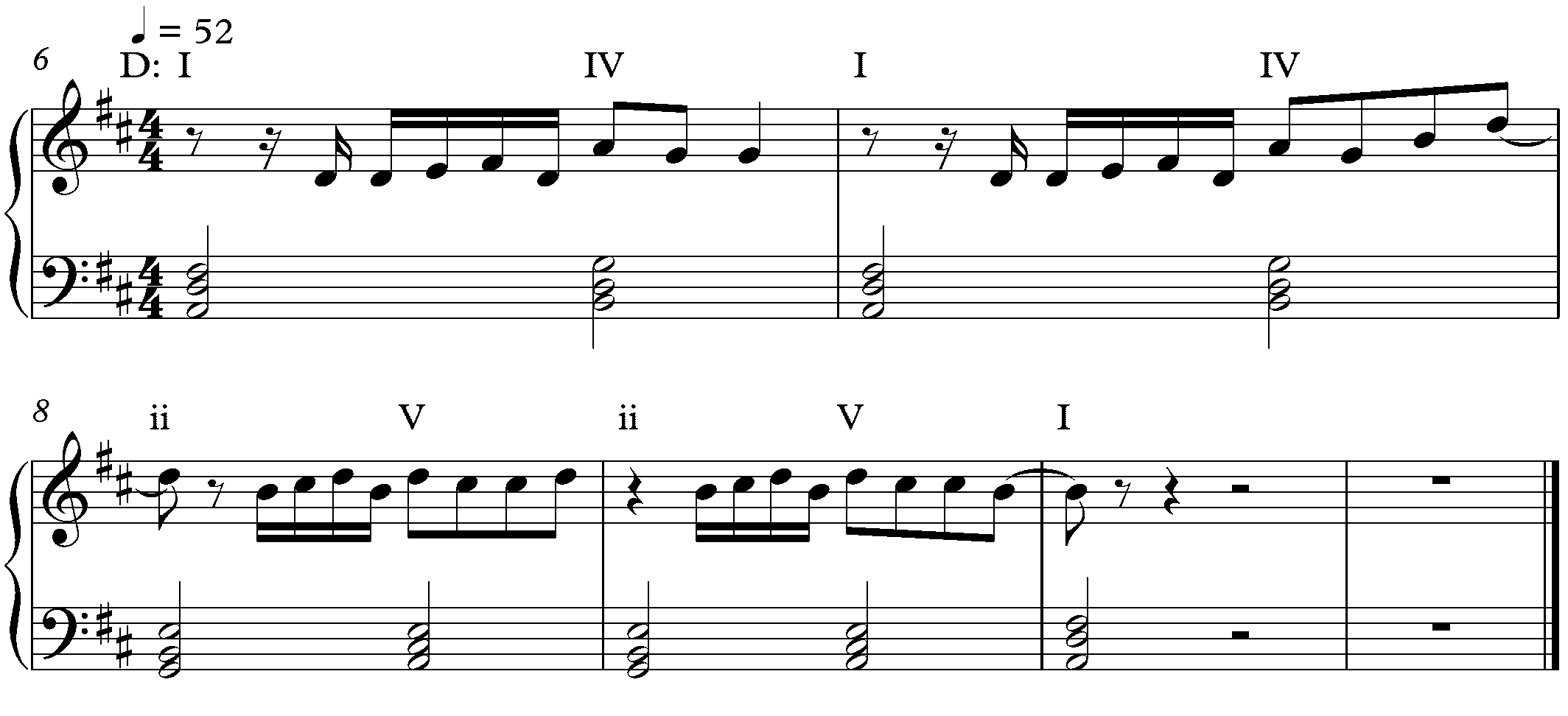Some time ago I was listening to Tom Waits’ compilation/B-sides/album thinger, Orphans, and when I came across this song:
I immediately thought of this song by Ron Sexsmith:
At the time, going from memory, the two appeared to have identical verses in my head save for different instrumentation. It seemed so striking to me that my first reaction was to see who wrote their song first. Sexsmith released Gold in Them Hills back in 2002 while Shiny Things was released in 2006. The problem is, the album Tom Waits released this song on was only about half new tunes and half old unreleased stuff so I’m not sure which came first. Seeing as how I thoroughly enjoy both these musicians, I chalked it up to great minds thinking alike.
Today I went ahead and analyzed the verses from the two songs and came to realize that they’re not as similar as I intially thought, almost to the point where it seemed silly to compare them. Waits’ tune is in 5/4 where Sexsmith sticks to a standard 4/4 time signature. This probably goes a long way to making Gold in Them Hills sound more like a pop song while Shiny Things feels like an odd ode to Americana. I actually had a bit of trouble figuring out the time signature Waits was using. The unusual, for western music, rhythm is highly effective at turning a pretty basic chord progression and melody into something full of surprises.
The chord progressions are, in fact, pretty similar. Both are essentially sticking to a I IV I progression, extremely common in, well, everything western, only varying from each other at the end. Waits goes for a turn-around, playing a slightly different progression leading to a perfect cadence, while Sexsmith shuffles back and forth between ii and V for a while, also creating a perfect cadence but also creating the vague sense of modulating due to how long he sits in this position. Of course, these similarities essentially mean nothing given their ubiquity since the Renaissance.
The melodies are probably the most intriguing parts, and also the parts that made me think the songs were so close. They actually sound very different when listening to them one after the other but, when you look at the actual contour of what’s being played:
They have a lot in common. It’s as if, despite the fact that the rhythm of each melody is different, the key is different, the chord tone the each melody begins on is different, they still manage to recall each other. They each go up a bit, down a bit, up more, then down a bit, and that appears to be enough. It reminds me of an instructional guitar video I once saw where the guitarist explained good phrasing as only getting close to the notes you played last time you went through the melody, but not actually playing the same ones. In other words, someone can play Happy Birthday with all the wrong notes but if they get the general contour right, you’ll still recognize it as Happy Birthday.
There clearly isn’t any real theft here. I wouldn’t be surprised if neither musician had ever heard the other’s song. What’s more interesting is what this says about the creative process. Both artists probably came up with their verses independently and felt they had something good, something that expressed their thoughts and feelings uniquely, something that was theirs. Neither is particularly original, though. I’m sure there are loads of composers hundreds of years before these two that created very similar lines. The actual melody itself is not something anyone can take credit for, the way it’s put to use is. Waits gives his melody one context while Sexsmith gives his another and, ultimately, this change of context makes it feel like they’ve both done something uniquely them. Composition is really much more akin to creating collages than coming up with pigments that have never been seen before.


Leave a Reply
You must be logged in to post a comment.